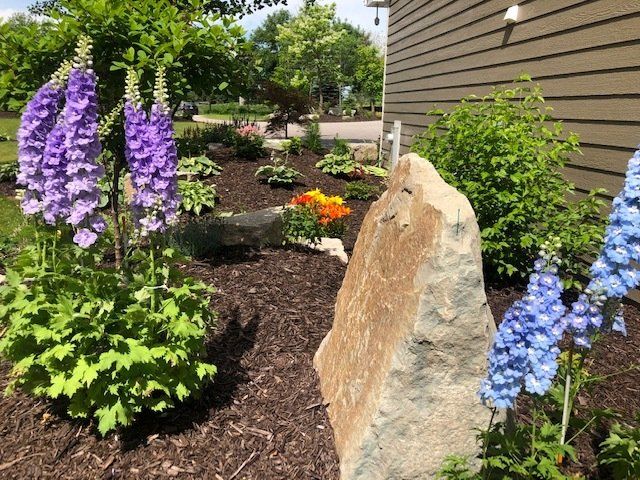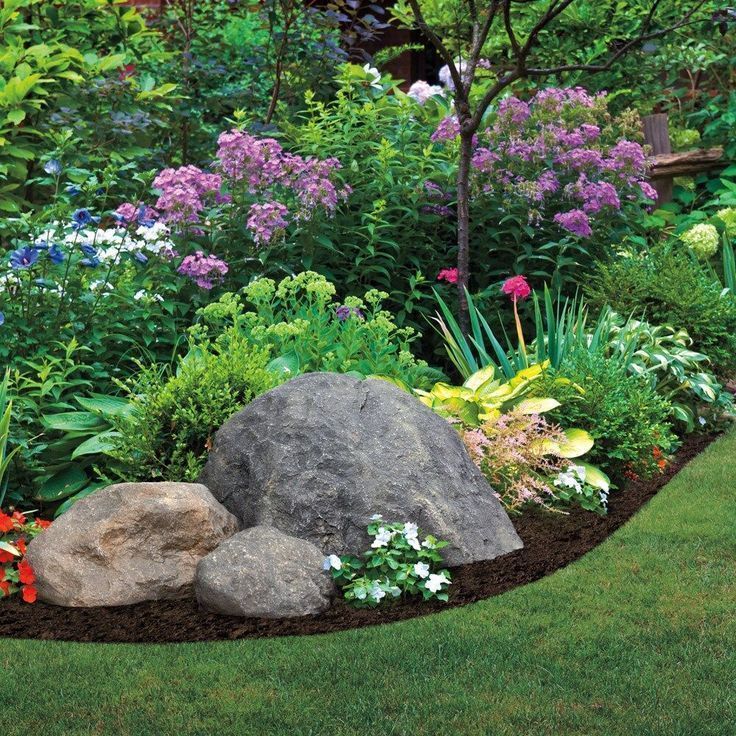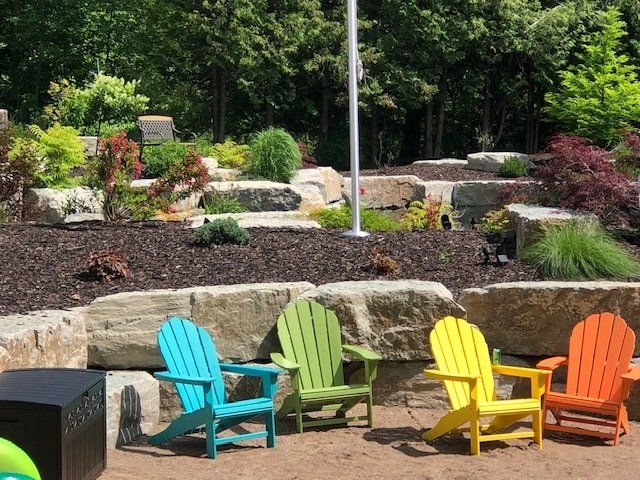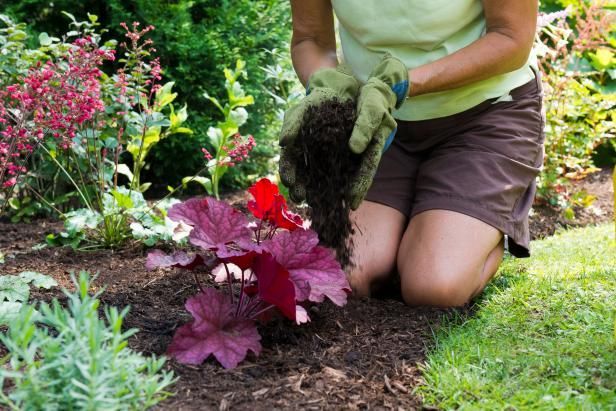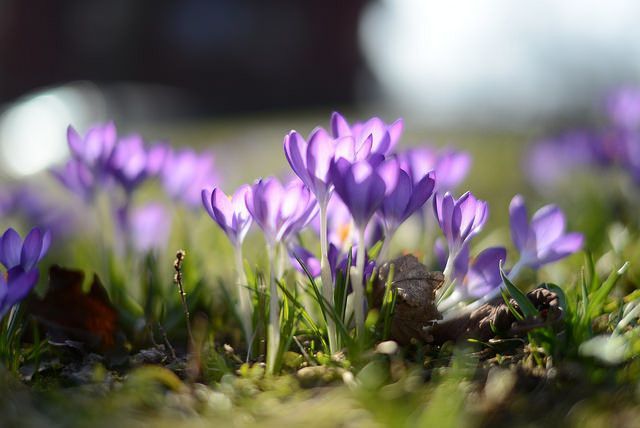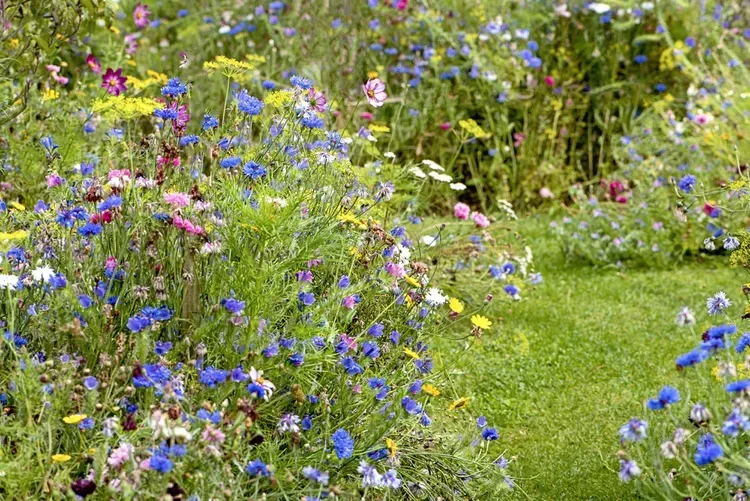BEST shrubs for Wisconsin
Here are some of our top choices for Wisconsin shrubs
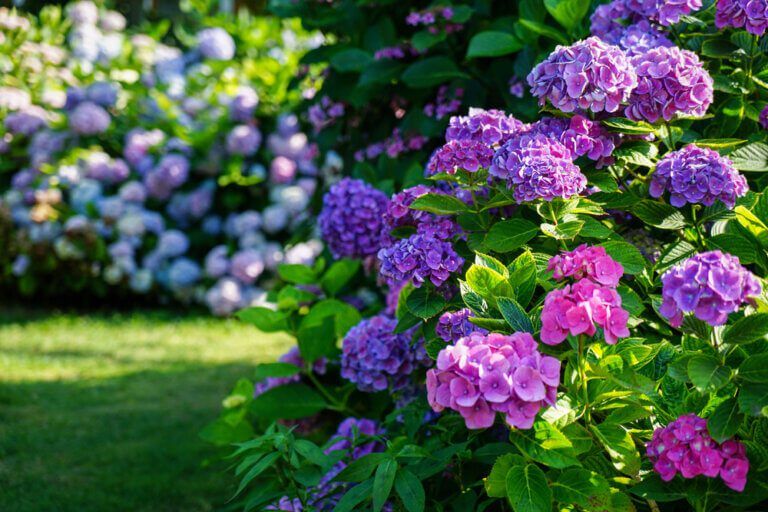
Finding the best shrubs for Wisconsin is not easy. Some require lots of care, others don’t survive extreme weather, and lots are just not easy & quick enough to grow.
That’s why I created this list of the Best Shrubs for Wisconsin! Call us today to schedule YOUR free (and customized) consultation!
Hydrangeas
Fast-Growing:
- If you have large spaces in your yard that you need to fill then grow hydrangeas. This shrub is an incredibly fast growing plant that can quickly gain 3-4 feet in width and height in a matter of just a few years!
- If you want to add color in both the summer and the fall then grow hydrangeas. Expect beautif
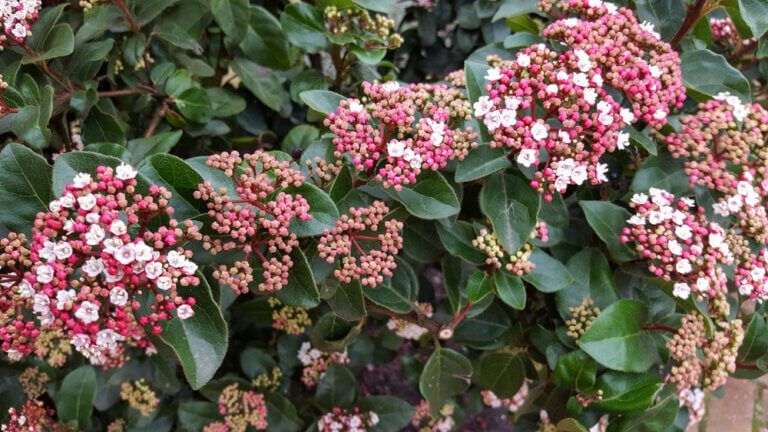
Viburnums
Low-Maitenance:
- Viburnum Shrubs are the most hardy shrubs on this list. They are incredibly hardy making them easy to care for. You can plant them almost anywhere, you don’t need to worry about watering them all the time, and can survive almost all types of weather.
Pest-Hardy:
- Not only are Viburnums hardy against weather, but they are pest-hardy too. No matter where you live there are little to no pests that will harm your shrubs.
All-Year Color :
- Viburnum shrubs are also the only shrub on the list that provides beautiful colors all year. During spring and summer the shrub has beautiful flowers that bloom and in the fall and even early winter it grows fruit that will provide lovely colors when all other plants won’t.
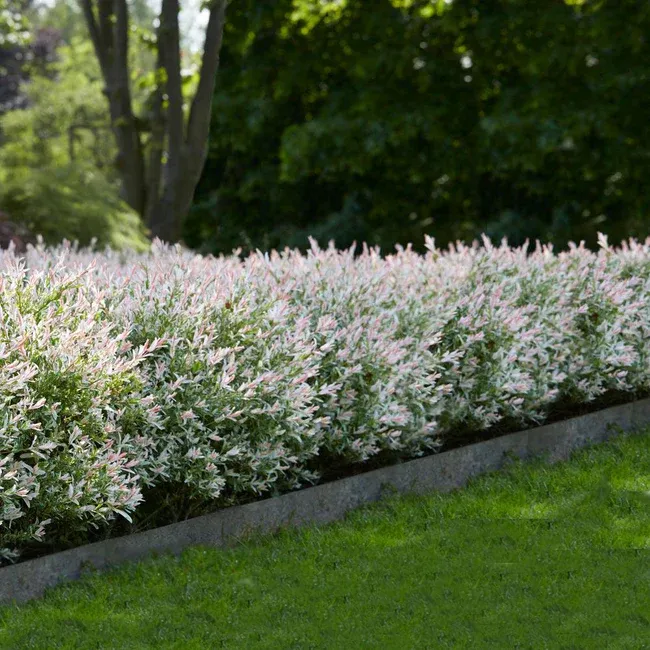
Spirea
Perfect for Small Spaces & Large Spaces:
- Very few shrubs on this list can be grown in both small spaces and large spaces. The Spirea bush comes in many varities and can be the perfect plant to grow in areas of 2 feet or less, or large areas of up to 10 feet.
Spring Color:
- Most of the shrubs on this list produce colors during mid-summer to mid-fall. The spirea is a great shrub for anyone wants to add beautiful colors and accents to your yard and garden in the spring.
Low-Maintenance :
- The Spirea shrub is the lowest-maintenance plant on this list. It doesn’t require deadheading, is not prone to insect infestations or diseases, and requires very little water, and can survive heat and full-sun.

Honeysuckle Bush
Fast-Growing:
- If you want a fast-growing shrub then plant Honeysuckle Bush. This shrub is not only fast-growing, but incredibly easy to grow. Just plant it and watch it spread like a weed!
Beautiful Colors:
- When gardeners think of shrubs they think of boring plants. Not honeysuckle! Expect beautiful colors of yellow and orange in the summer and during fall when plants’ colors begin to change.
Attract Pollinators:
- Honeysuckle bushes are another great shrubs to attract pollinators. Specifically, hummingbirds and birds LOVE the nectar produced by honeysuckle!
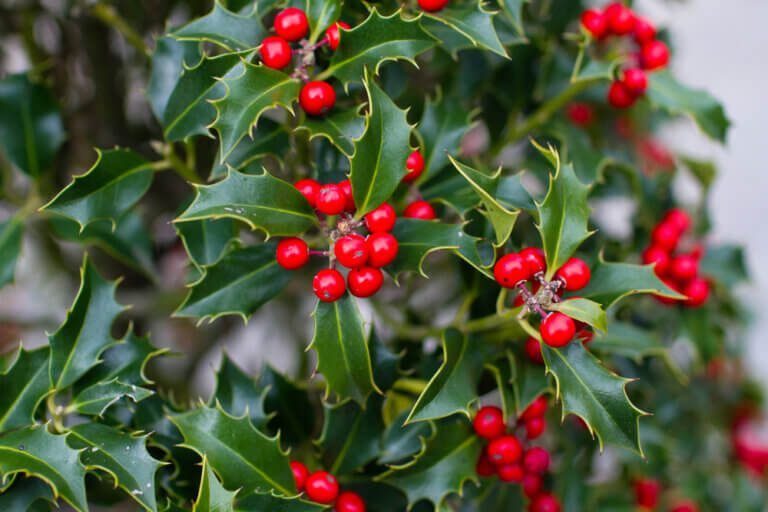
Holly
Low-Maitenance:
- Plant it and forget about it should be the motto of Holly. Holly shrubs are some of the most low-maitenance plants on this list making it perfect for busy gardeners no matter where you live.
Foundational Plant:
- Holly is a fantastic shrub to be plant for homeowners and property owners. It is the perfect shrub for foundations, garden beds, raised garden beds, and even borders.
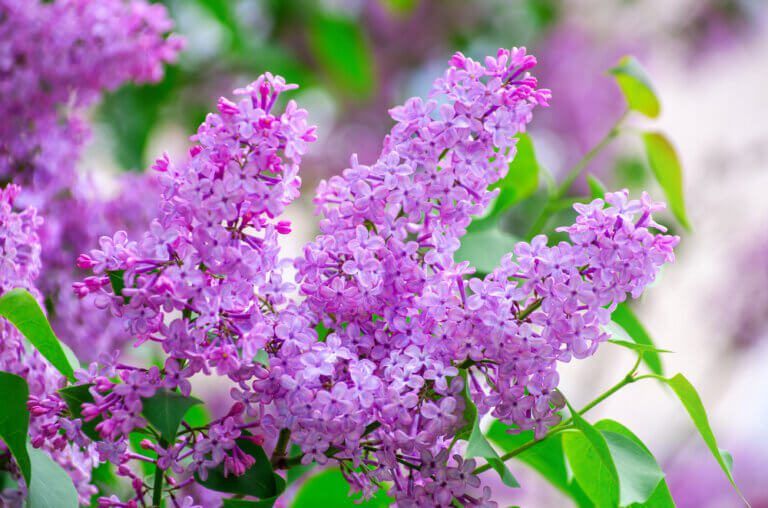
Lilacs
Ornamental:
- Out of every tree on this list the Lilac Bush is the best ornamental shrub. It has beautiful shades of purple and pink, even in the fall.
Great for Large Spaces:
- Lilac bushes can grow wide and wall. Most gardeners can’t actually tell the difference between lilac bushes and trees! Not only this, but you’ll love the smell that it will add to your yard.
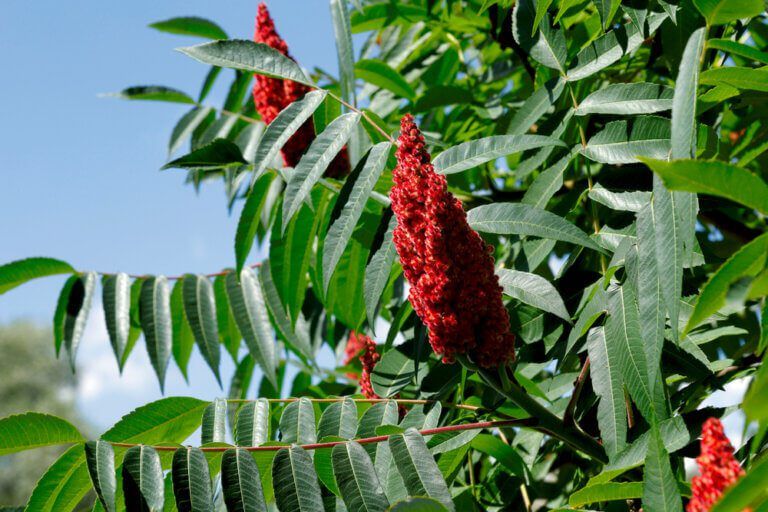
Sumac
Perfect for Landscaping
- Sumac shrubs is the the best type of shrub on the list for landscaping. Whether you are trying to add shapes and designs in your front yard or backyard this is the perfect plant!
Wildlife Habitat:
- Some shrubs make good habitats for wildlife. There is no better habitat for wildlife than the Sumac bush. It is great for beneficial insects, rabbits, squirrels, chipmunks, and sometimes even baby deer!
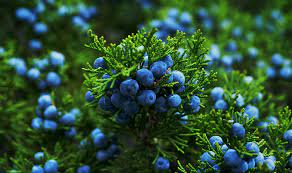
Juniper
Low-Maintenance:
- The Juniper bush is another amazing shrub to grow if you want a plant that is easy to grow and easy to maintain. This plant does great in heat and in cold weather climates.
Inexpensive:
- Out of all the shrubs on this list the Juniper bush is the most inexpensive to buy. Because of this most gardeners and homeowners do mass plantings to setup foundations in their yard.
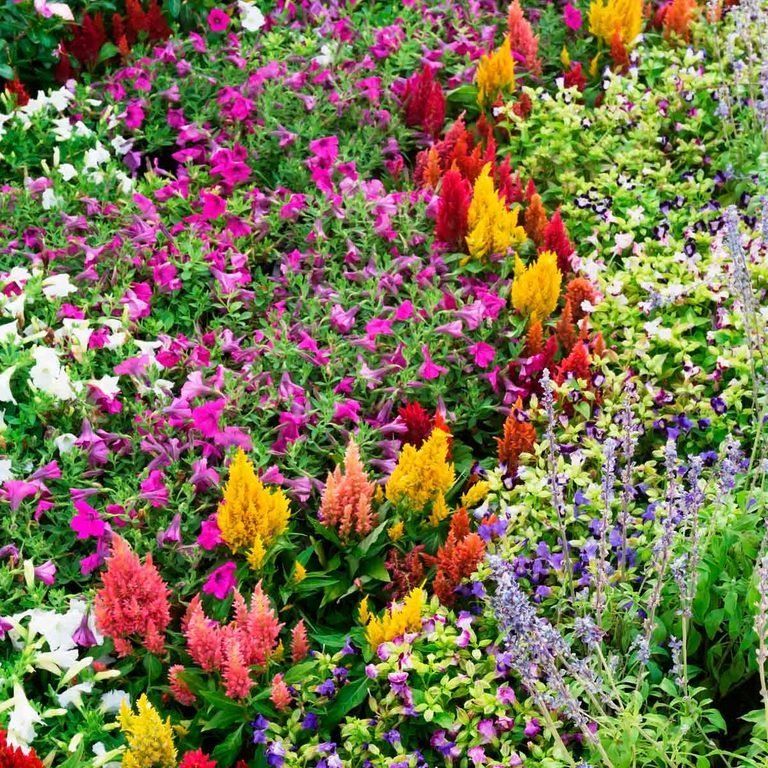
As a reminder, the below factors are common for the Best Shrubs to Plant in Wisconsin:
- Thrives in Heat & Cold
- Can Grow in Any Soil and Conditions
- Hardy against Pests, Insects, and Diseases
- Have beautiful colors throughout the entire year
- Fits in any space
Source: https://thegardeningdad.com

